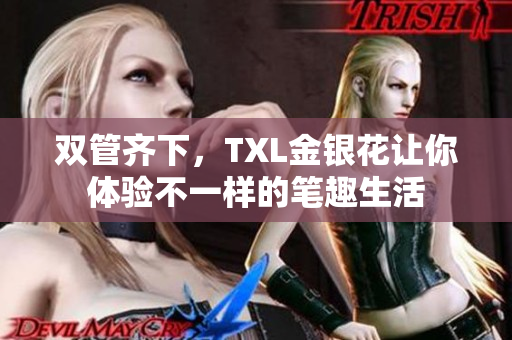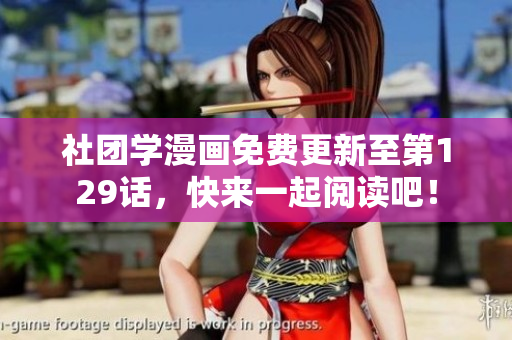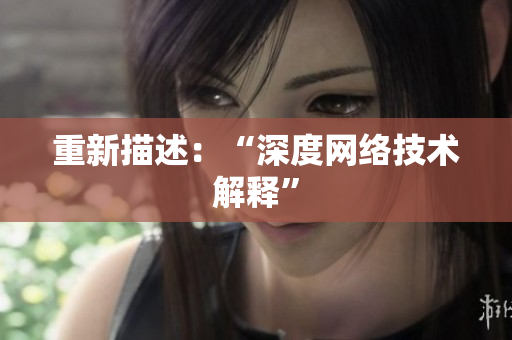Introduction
As consumers become increasingly focused on skincare, beauty brands have responded with an array of products and formulas to meet their needs. One such product is the ever-popular "essence" or "serum," often referred to as a "facial essence" or "facial serum." Among the most popular types are the domestically produced Korean essences, or "ampoules," which are known for their high concentration of active ingredients and effective skincare benefits. In this article, we delve into the differences between "one zone," "two zone," and "three zone" Korean essences, exploring why those made in the first two zones are considered superior to those made in the third.
Section 1: One Zone Essences
One Zone essences are produced in the areas nearest to the famous Jeju Island in South Korea, where the environmental conditions are ideal for cultivating the rich, volcanic soil. This fertile land is home to an abundance of plant life, including green tea, ginseng, and orchids, which are used in these essences. These essences tend to be of the highest quality, as the manufacturers adhere to stringent guidelines in terms of production and sourcing of ingredients. One of the key selling points of essences from One Zone is that they are rich in antioxidants and other beneficial compounds, which help to rejuvenate and protect the skin from environmental stressors.
Section 2: Two Zone Essences
Two Zone essences are made in areas that are further away from Jeju Island, and as such, the soil and environmental conditions may not be as rich. That said, manufacturers in Two Zone still have access to high-quality ingredients, and they can also benefit from the knowledge and expertise of the One Zone producers, which trickles down to these areas. Thus, Two Zone essences still offer many of the same benefits as One Zone essences, including high concentrations of active ingredients, deep hydration, and brightening effects. However, they may not be as potent or as effective as their One Zone counterparts.
Section 3: Three Zone Essences
Finally, Three Zone essences are produced in areas that are the furthest away from Jeju Island. These areas may not have the same access to high-quality ingredients, and the manufacturers may not adhere to the same strict guidelines as those in One and Two Zone. As such, Three Zone essences tend to be of lower quality, with lower concentrations of active ingredients and fewer benefits for the skin. While these essences may still be effective for some consumers, they are generally not considered to be as good as those produced in One or Two Zone.
Conclusion
In conclusion, the differences between One Zone, Two Zone, and Three Zone Korean essences are largely related to the quality and concentration of their ingredients. While all Korean essences offer some degree of skincare benefits, those made in One and Two Zone tend to be the most effective and of the highest quality. Of course, this does not mean that Three Zone essences are entirely without merit, but consumers who want the best possible skincare results will likely stick to essences produced in the first two zones.









